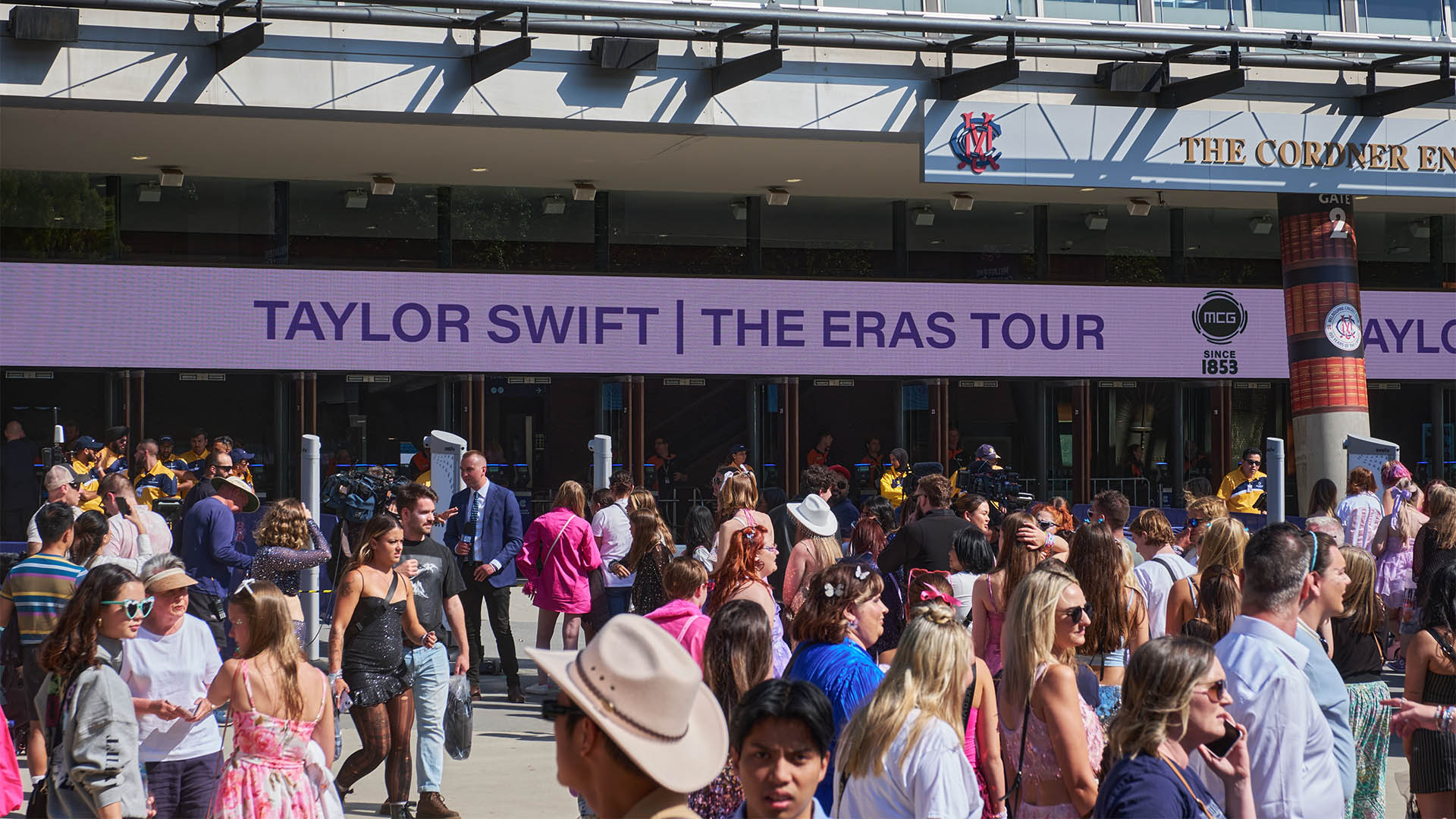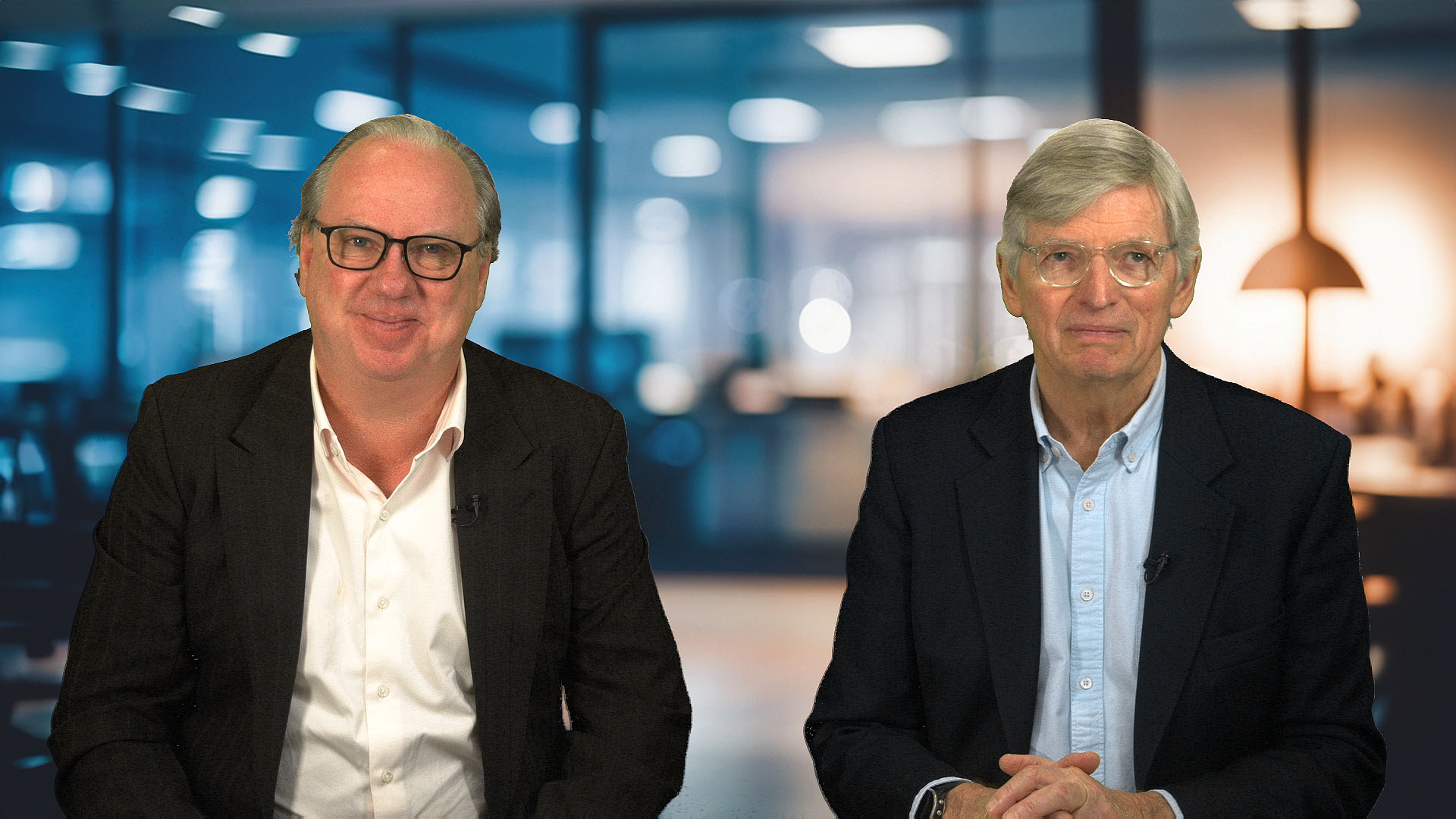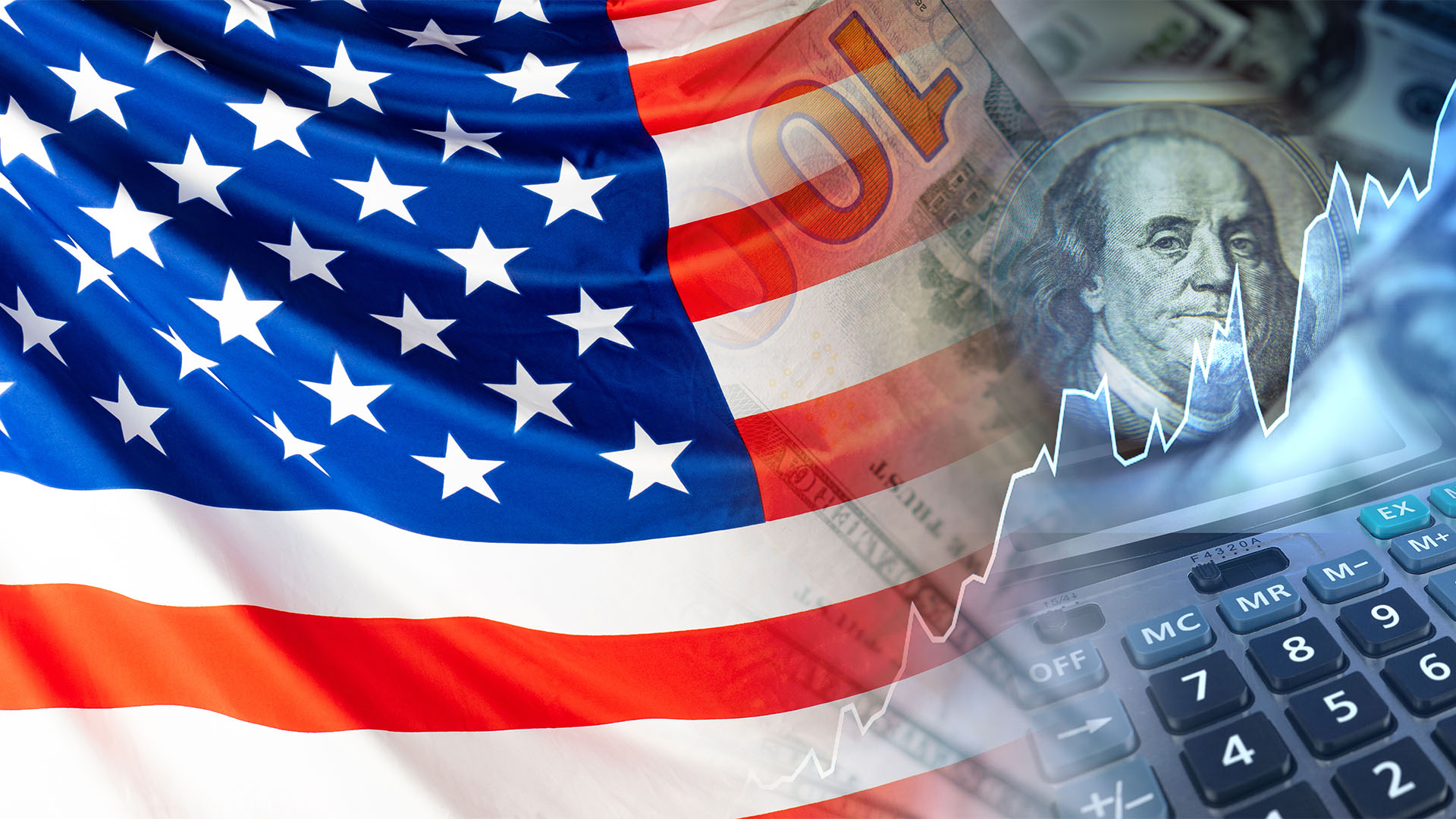Remember all those stories in January and February about how Taylor Swift could boost inflation and how the money spent on tickets and her merch would be a downer for retail sales in February?
Well, after the monthly inflation indicator for February on Wednesday showed no impact except an anticipated rise in hotel and accommodation costs in Sydney and Melbourne over most of the month, Thursday’s retail sales figures showed a big positive impact.
And it didn’t detract from underlying retail sales, which grew a weak 0.1 per cent in February — which, according to the Australian Bureau of Statistics data, was better than the no change in underlying sales in reported in January.
The retail sales figures show February retail sales rose 0.3 per cent (seasonally adjusted) in February 2024, compared with the 1.1 per cent rise in January and December’s 2.1 per cent slump.
And Taylor Swift’s played a big part, according to Ben Dorber, ABS head of retail statistics.
"Seven sold-out Taylor Swift concerts in Sydney and Melbourne boosted retail spending this month, with over 600,000 Swifties flocking to these events. This led to increased spending on clothing, merchandise, accessories and dining out,” Dorber said in the statement from the Bureau on Thursday.
Clothing, footwear and personal accessory retailing (4.2 per cent) and department stores (2.3 per cent) saw the largest industry rises in February.
“Fashion and accessory retailers told us offerings of Taylor Swift inspired outfits and related do-it-yourself accessories added to turnover in February,” Mr Dorber said.
Cafes, restaurants and takeaway food services (0.5 per cent) had a more modest rise this month, with an increase in spending also linked to the Taylor Swift concerts.
This followed a 1.4 per cent in January, which was boosted by large sporting events, which is the finals of the Big Bash cricket and tennis — in particular, the Australian Open in Melbourne.
“Another rise in turnover for catering services, cafes, restaurants and takeaway businesses showed that consumers are still prepared to spend at large social events as seen last month with the big crowds at the tennis and cricket,” Mr Dorber said on Thursday.
********
Meanwhile more evidence that while the jobs market is cooling, strong demand for some workers remains. The overall cooling emphasis has probably been overdone.
The Australian Bureau of Statistics said the number of vacancies fell 24,000 from last November to 363,800 in February.
Bjorn Jarvis, ABS head of labour statistics, said in Thursday’s statement that was a fall of 6.1 per cent and was the seventh quarterly fall in a row.
It followed a much smaller 0.8 per cent in the November quarter, and vacancies are now 23.5 per cent lower than they were at their peak in May 2022.
But they remain well above the pre-COVID-19 pandemic level and are still 59.8 per cent higher than February 2020, or around 136,000 more vacancies.
And the ABS commented, "The ongoing high level of vacancies reflected the continuing labour shortages in many industries”.
Jarvis pointed out that vacancies accounted for 2.4 per cent of all jobs in the December quarter, compared with around 1.6 per cent during 2029 — the year before the pandemic.
And while the fall in vacancies was across many industries, the biggest fall of 33 per cent was in the small arts and recreation sector, with a 20.2 per cent fall in public administration and safety. Those falls could be related to the way some parts of those sectors hire people at the start of the year and fill vacancies quickly over the long holiday break.
A more relevant statistics was the rise in job vacancies over the quarter. The ABS said the "strongest percentage rises were in Rental, hiring and real estate (20.7 per cent) and Financial and insurance services (17.9 per cent)".
And the ABS pointed out that vacancies in many industries remained high compared with pre-pandemic levels.
"This continued to be particularly pronounced in customer-facing industries, including accommodation and food services and arts and recreation services" (despite the fall seen in the quarter).














